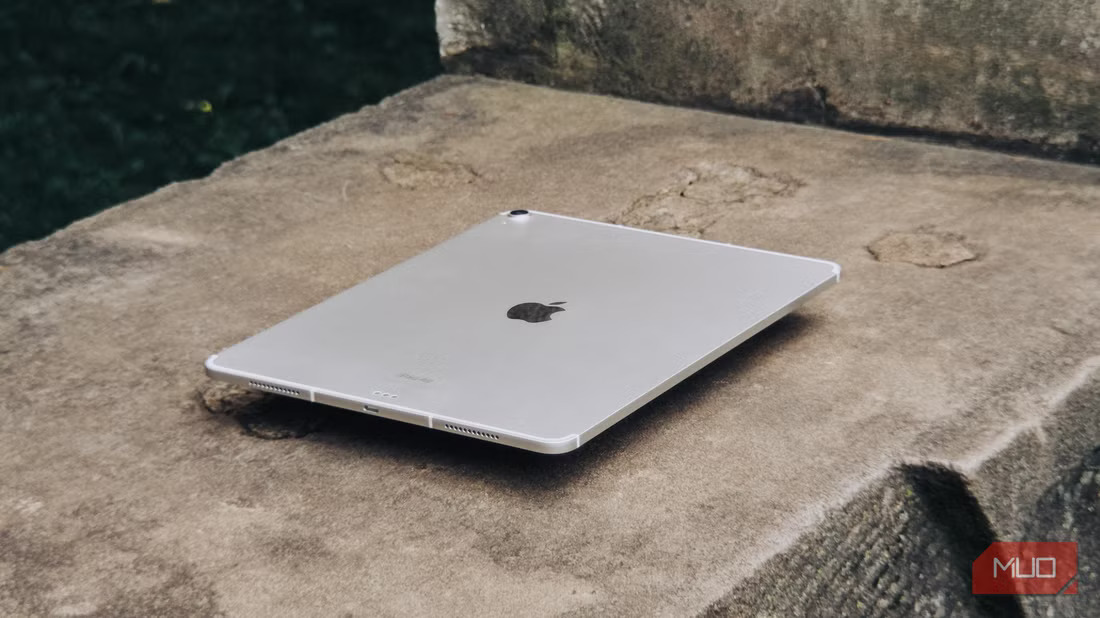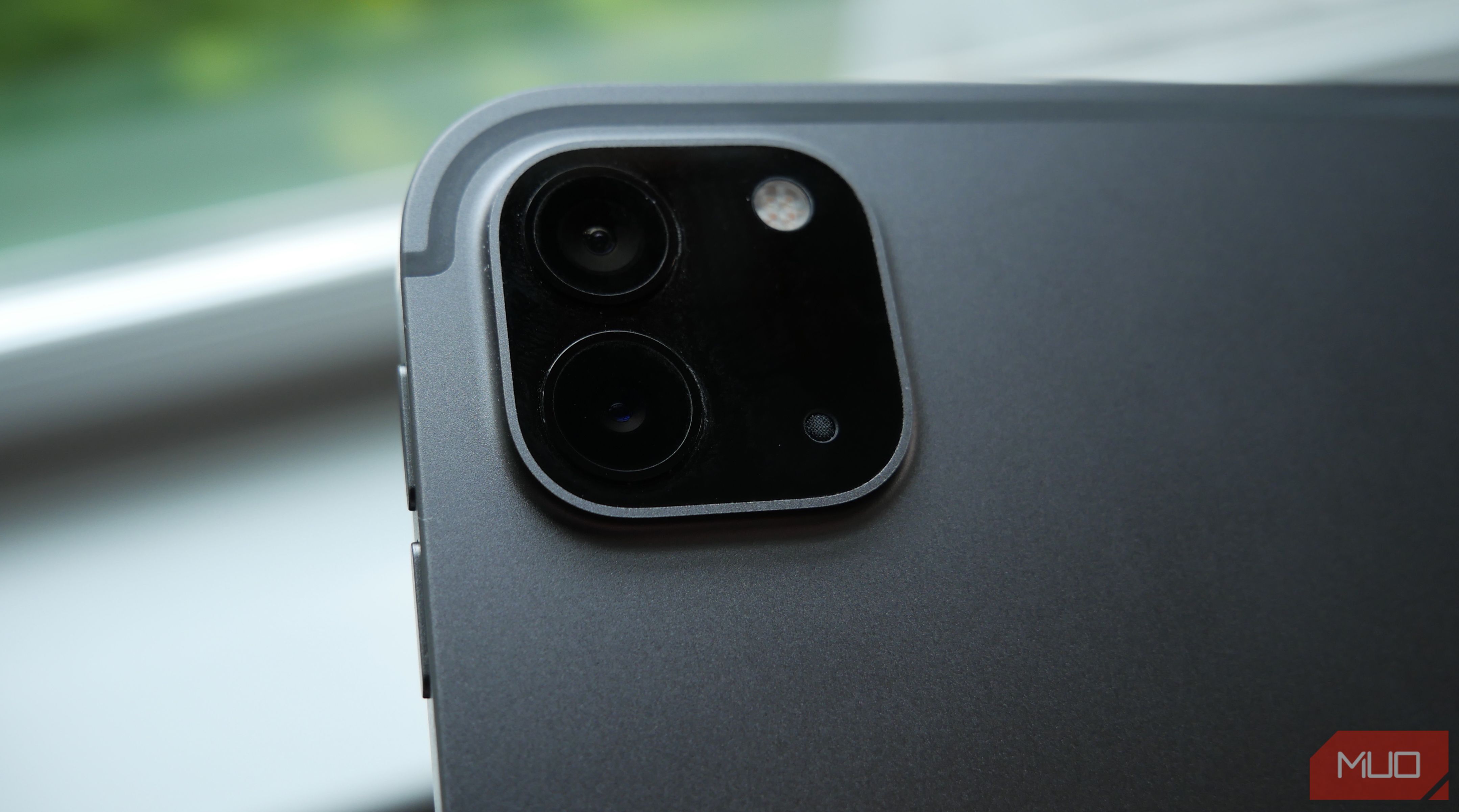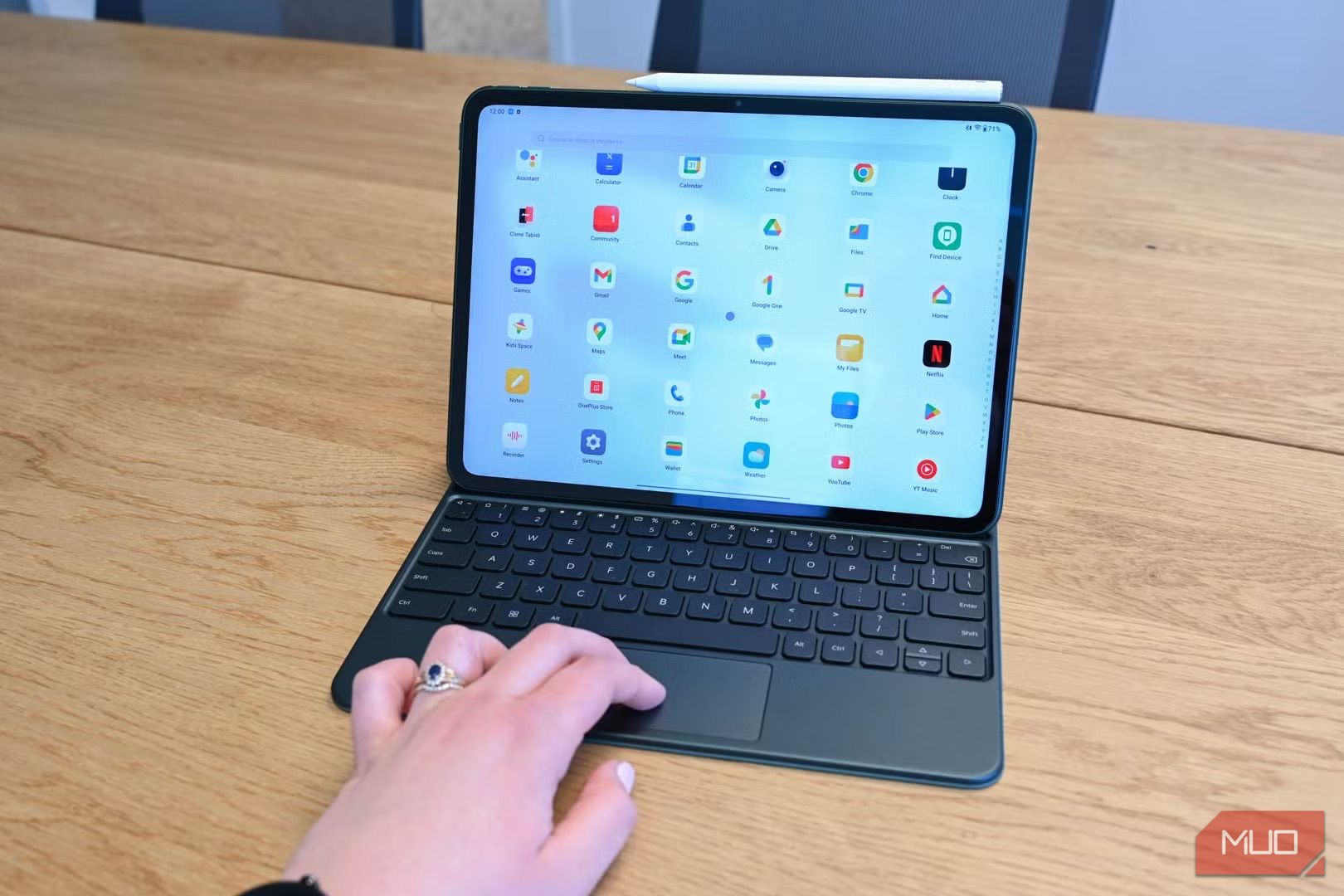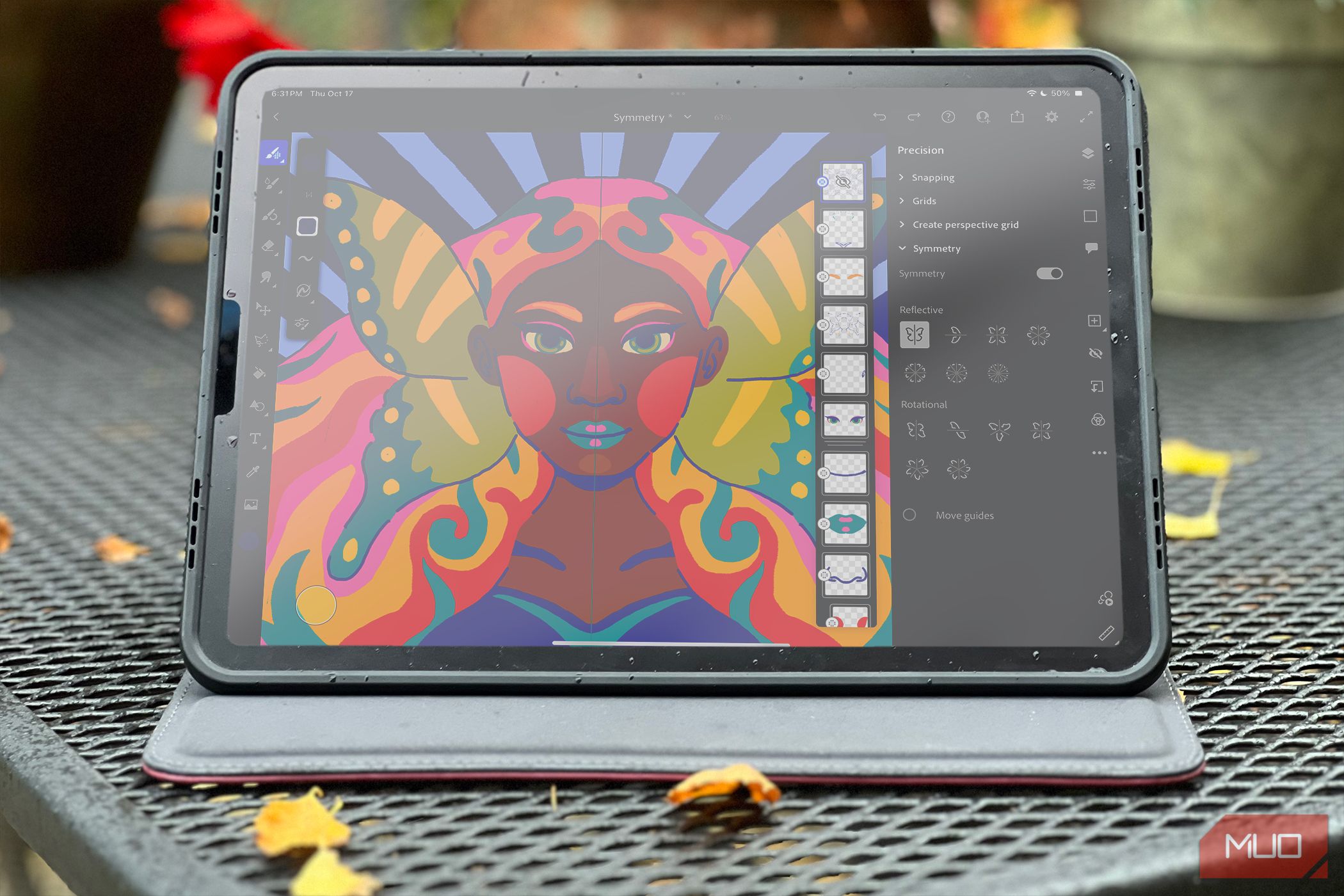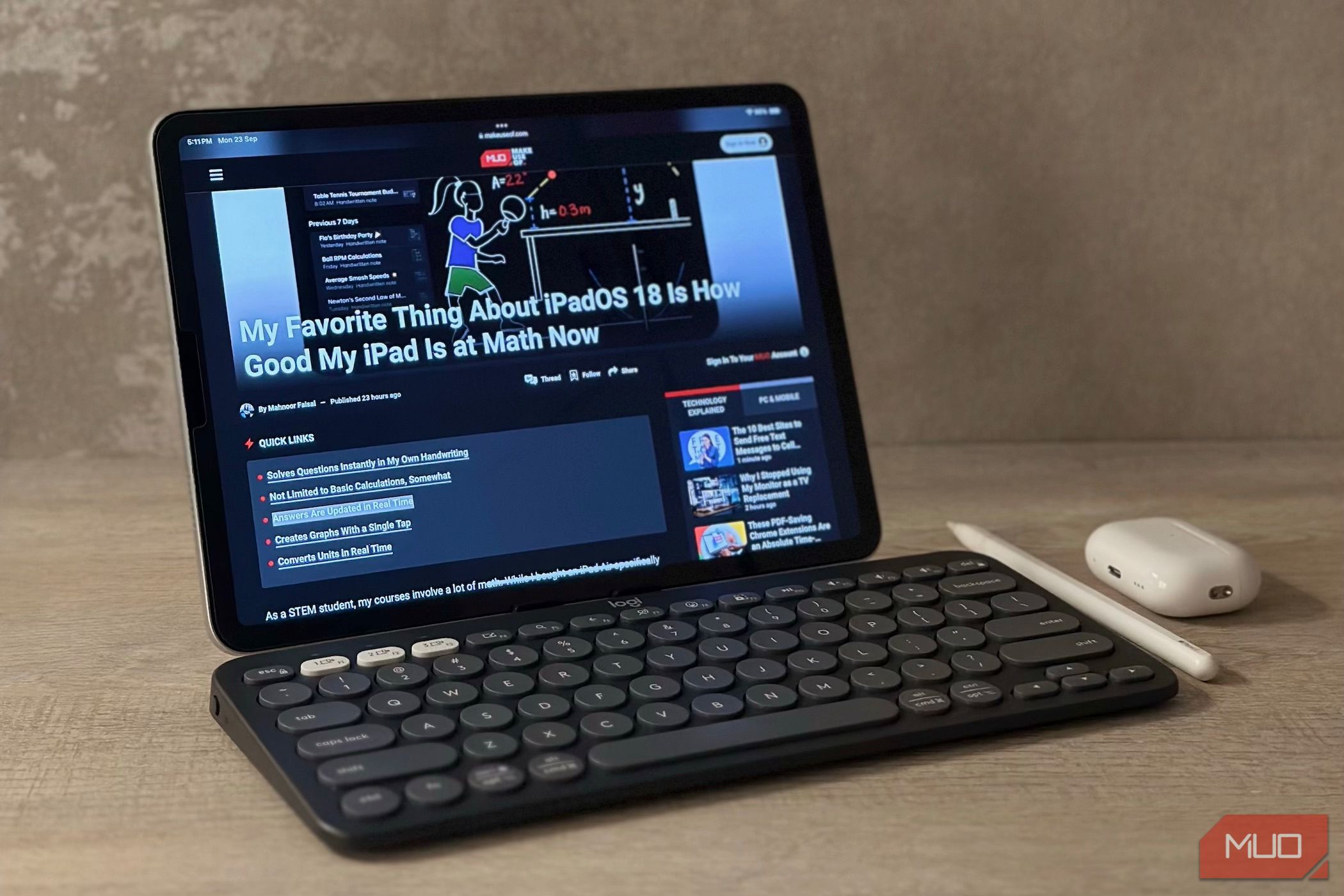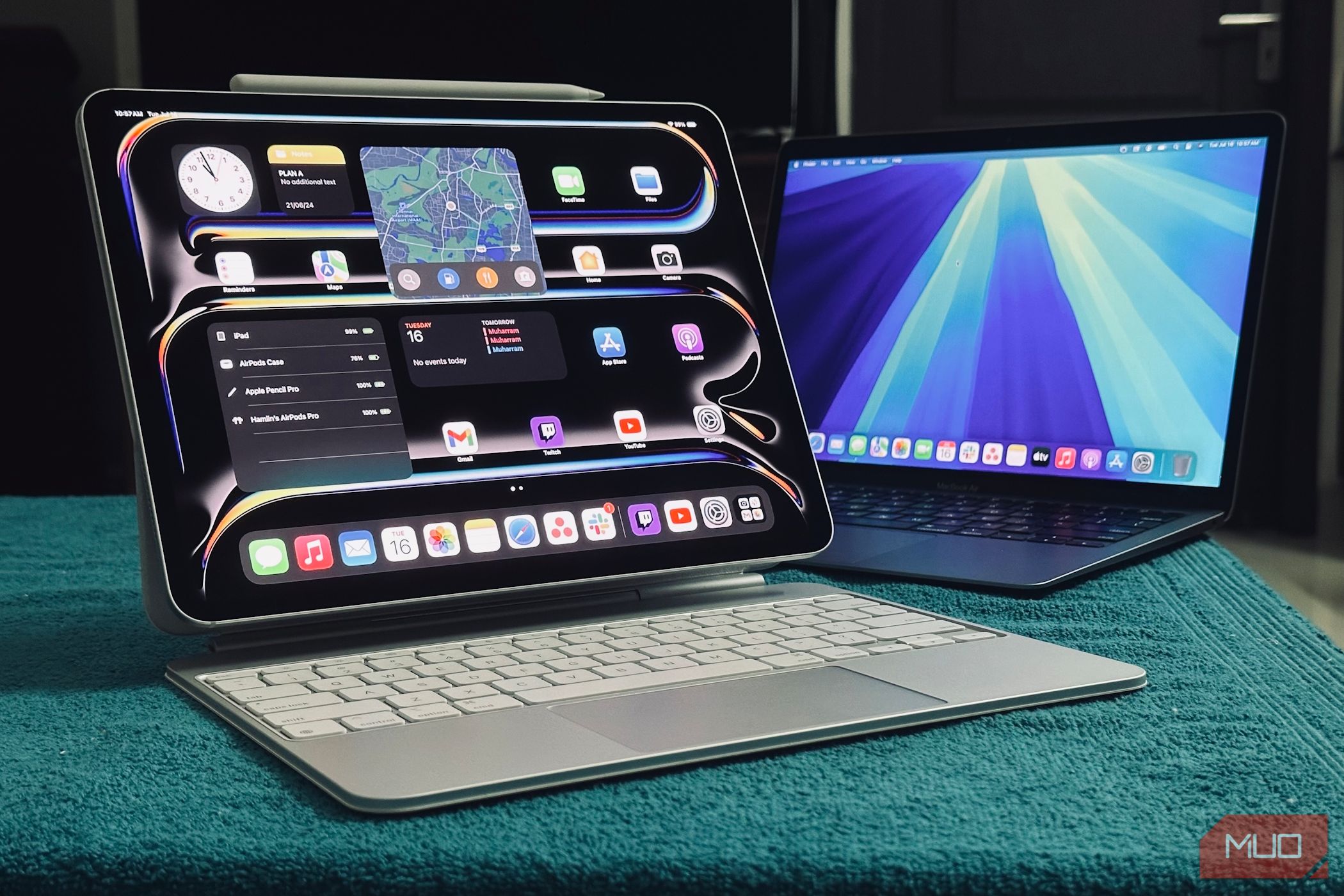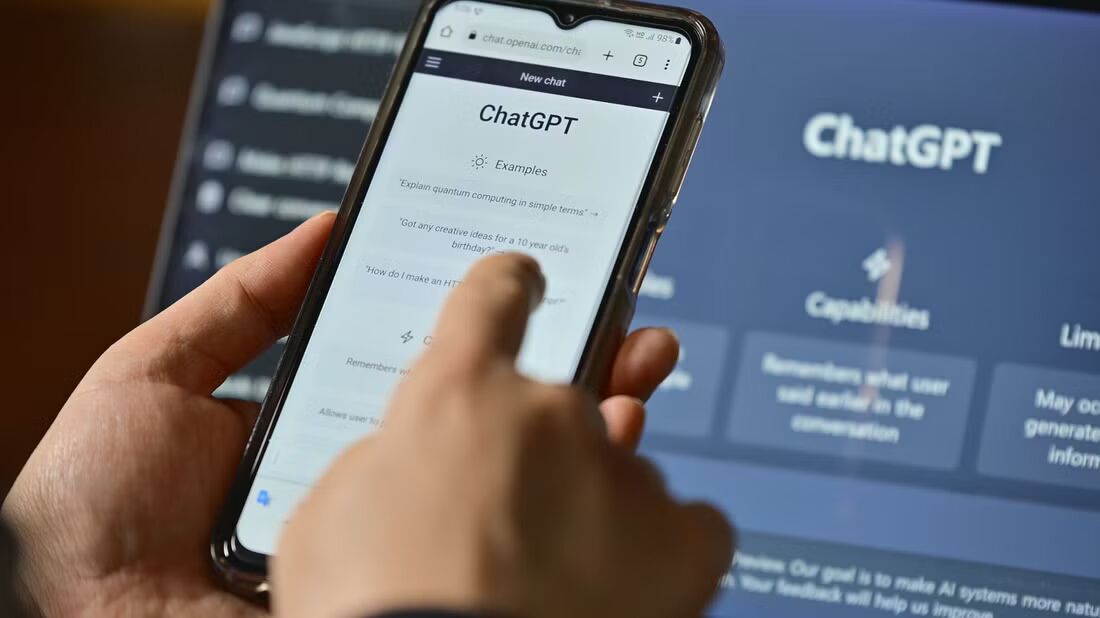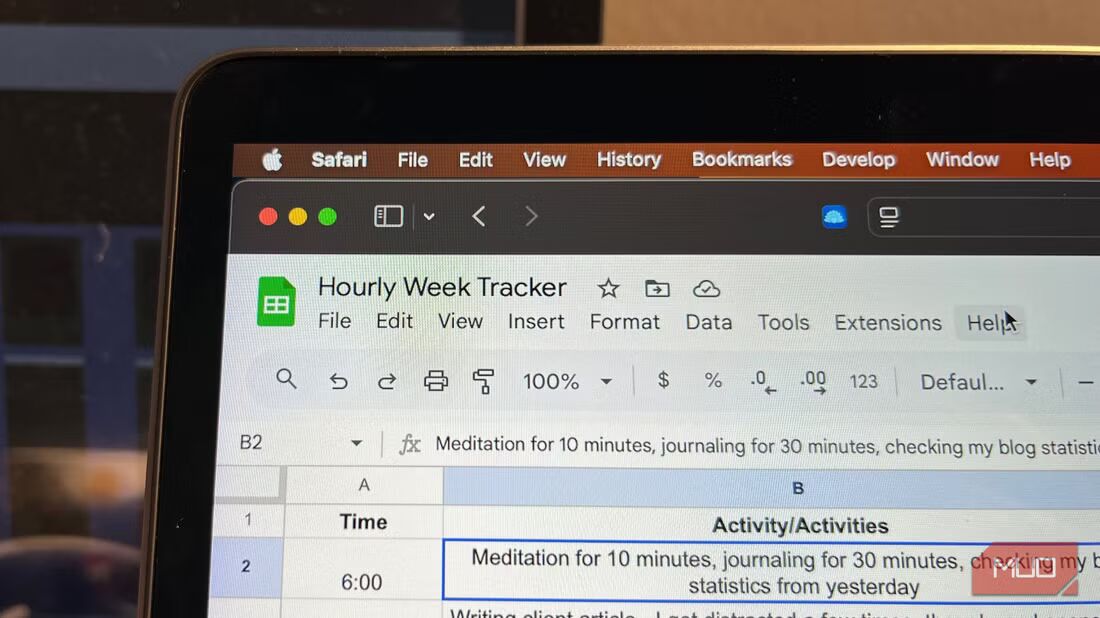Android tablets have improved by leaps and bounds in recent years. Yet, I won’t give up on my iPad for an Android tablet. Android tablets might seem better than iPads on paper and offer great value for money, but they falter in key areas, leading to a poor user experience.
1I Don’t Want to Sacrifice My iPad’s Durable Build Quality
Apple products are known for their premium and durable build quality; iPads are no different. I got the iPad Air 4 soon after its launch in late 2020. Four years later, despite multiple drops and using it almost daily, the tablet still feels new.
Even more impressive is how well my 2016 iPad Pro 9.7-inch has aged. Despite numerous drops and major dents on its body, the tablet doesn’t feel like it will fall apart. This has never been the case with any Android tablet that I have used in the past. I remember getting the Nexus 7 back in 2013. Two years later, the tablet started falling apart after a few drops.
2My Three-Year-Old iPad Is Still Faster Than Most Android Tablets
I got the 11-inch iPad Pro with the M1 chip in late 2021. Three years later, the tablet still feels new, with no signs of slowdowns or lag. Apps open as fast as the first day I got the tablet, with all new and graphically intensive games running smoothly. This is after the tablet has received three major OS updates, including the addition of Apple Intelligence with iPadOS 18.1.
On paper, it might seem that many Android tablets perform better than my M1 iPad Pro. The problem is that Android tablets don’t age as well as iPads. The former starts lagging and skipping frames under heavy use after a few months of purchase. Like other Apple products, iPads will perform with the same smoothness as the day you got them, even after a few years of use.
3Android Tablets Don’t Offer Good Battery Life
Android tablets have improved dramatically in recent years. Yet, they fall short of the iPad in the battery life department. They mostly falter with their idle battery consumption, which is relatively higher than that of iPads. Even after four years of regular use, I can return from a week-long vacation and start using my iPad without charging it first.
This is not the case with Android tablets, as even when fully charged, their battery will not last as long in standby mode.
4Lack of Quality Apps and Developer Support
One issue that still plagues the Android tablet ecosystem is the lack of quality apps and developer support. Even after all these years and Google’s push to get developers onboard, there aren’t many quality tablet-optimized Android apps.
I use many powerful apps, like LumaFusion, Notability, and Procreate, on my iPad almost daily. Final Cut Pro and DaVinci Resolve are also available for iPadOS, making it a breeze to edit videos like a pro when needed. These are in addition to the numerous streaming apps, all of which deliver a better experience on iPads than on Android tablets.
If you are an artist, you can use one of the many quality iPad apps to boost your drawing skills. Such options are not available for Android tablets.
5Better Software Support for iPads
Many of the best Android phones now promise seven years of OS updates and security patches. But Android tablets don’t get such long software support. Samsung is the only outlier, promising seven years of updates for its newest Galaxy Tab S10 lineup. Otherwise, all other Android tablets get around three to four OS updates, including Google’s own Pixel Tablet.
In comparison, like iPhones, Apple has provided iPadOS updates to iPads for several years. For instance, iPadOS 18 is compatible with the iPad mini 5th generation and iPad 7th generation, which launched in 2019. The best part is that they receive major iPadOS updates on the same day as newer iPads.
Since people generally keep their tablets for much longer than smartphones, they should also receive longer software support. But that’s not the case, at least in the Android ecosystem.
6My iPad Supports a Broader Range of Accessories
Besides the superior hardware, iPads also stand out for their wider range of accessory support. Despite my M1 iPad Pro being over three years old, I can still find plenty of cases for it on Amazon. Try searching the same for Android tablets from a few years ago, like the Galaxy Tab S7 or S8. You will struggle to find quality options for it.
It is not just about cases, though. There are plenty of other useful accessories available for iPads, like a magnetic screen protector, a stylus, a portable keyboard, and more. As an Android tablet user, you won’t have such a wide array of options to choose from.
7Higher Resale Value of iPads
Thanks to their longer life, better software support, and popularity, iPads enjoy a higher resale value than Android tablets. When you upgrade to a new iPad after several years, you can still get a couple of hundred dollars for your current iPad. And thanks to their popularity, you can sell them relatively quickly.
That’s not the case with Android tablets, as they depreciate in value much faster. This is all due to how poorly they age and inferior software support. Plus, you will struggle to find a buyer for old Android tablets. I’d recommend repurposing your old Android tablet as a secondary monitor or a digital photo frame instead of selling it for cheap.
8Deep Integration With Other Apple Products
If you’re heavily invested in Apple’s ecosystem and own an iPhone and/or Mac, buying anything other than an iPad makes little sense. Thanks to deep integration between devices in Apple’s ecosystem, I can use my iPad as an external monitor for my Mac. Similarly, I can copy-paste content across my Mac and iPad without using a third-party app.
Some Android tablets, like those from Samsung, offer similar features. However, they are limited to Samsung-owned Galaxy Book-branded laptops, greatly limiting their reach and usefulness.
There’s a reason why iPads dominate the tablet market. While Android tablets may pack superior hardware, they fall short in the areas I listed above. That’s why I’m hesitant to give up my iPad for an Android tablet. While my iPad isn’t perfect by any means, its hardware, software, and overall ecosystem are far superior to those of Android tablets.
